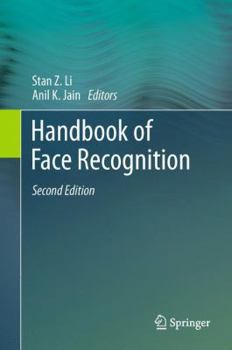Handbook of Face Recognition
This highly anticipated new edition provides a comprehensive account of face recognition research and technology, spanning the full range of topics needed for designing operational face recognition systems. After a thorough introductory chapter, each of the following chapters focus on a specific topic, reviewing background information, up-to-date techniques, and recent results, as well as offering challenges and future directions. Features: fully updated, revised and expanded, covering the entire spectrum of concepts, methods, and algorithms for automated face detection and recognition systems; provides comprehensive coverage of face detection, tracking, alignment, feature extraction, and recognition technologies, and issues in evaluation, systems, security, and applications; contains numerous step-by-step algorithms; describes a broad range of applications; presents contributions from an international selection of experts; integrates numerous supporting graphs, tables, charts, and performance data.
Format:Hardcover
Language:English
ISBN:085729931X
ISBN13:9780857299314
Release Date:August 2011
Publisher:Springer
Length:699 Pages
Weight:2.45 lbs.
Dimensions:1.6" x 6.1" x 9.2"
Customer Reviews
4 customer ratings | 4 reviews
There are currently no reviews. Be the first to review this work.




















